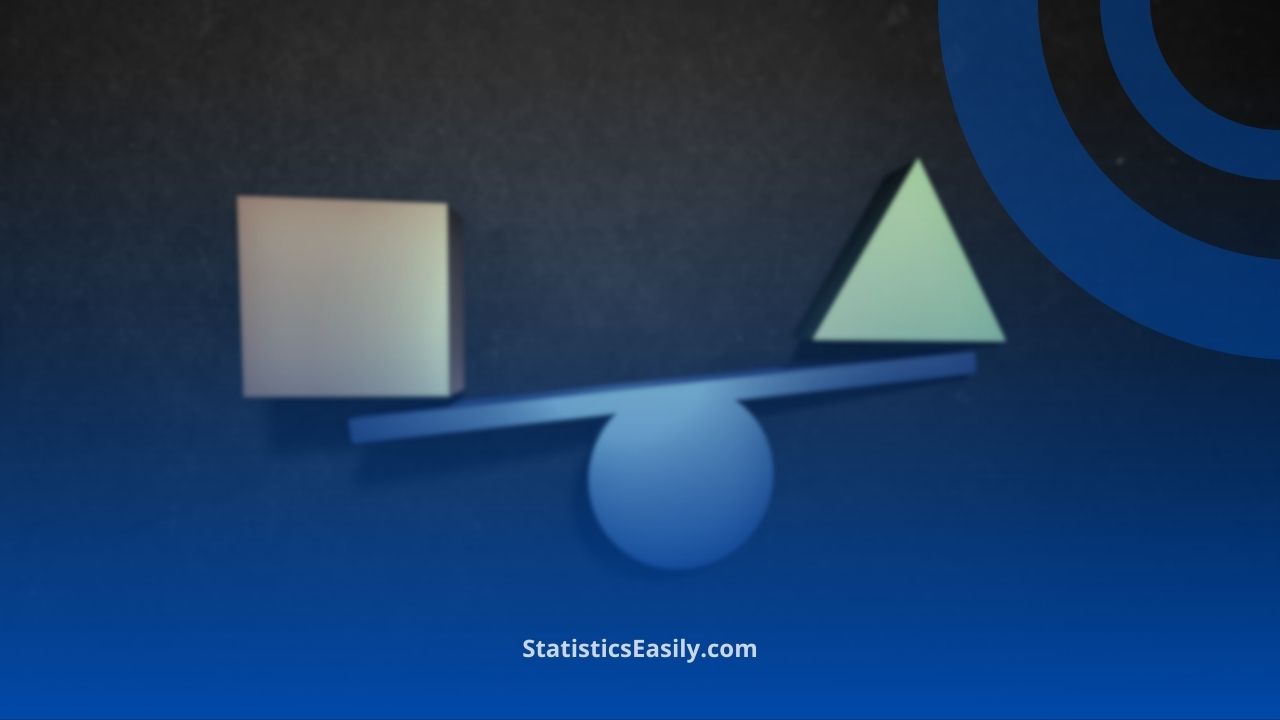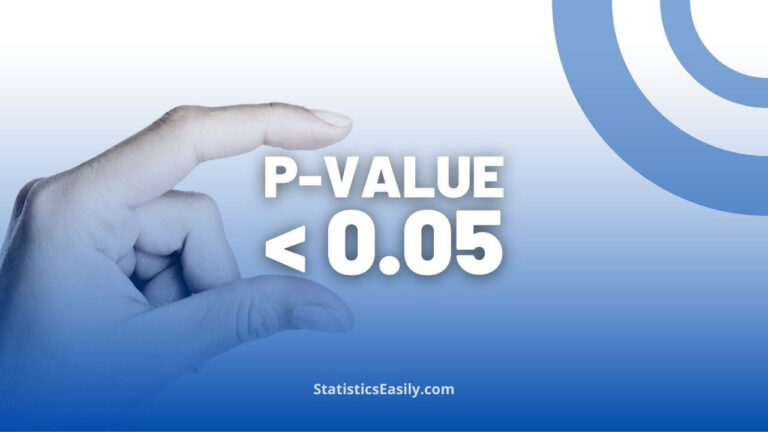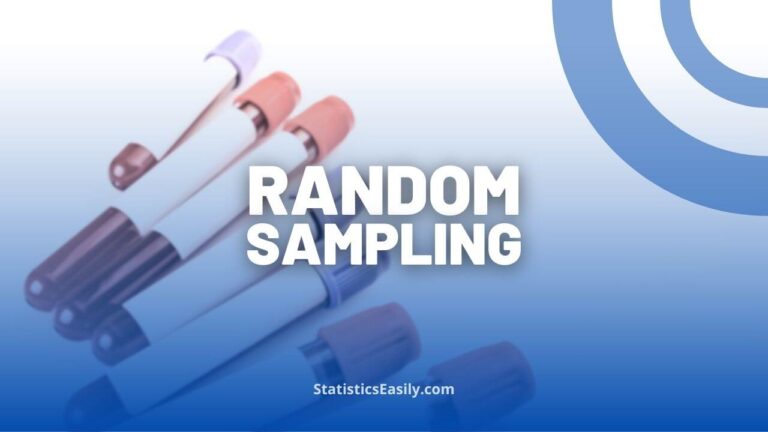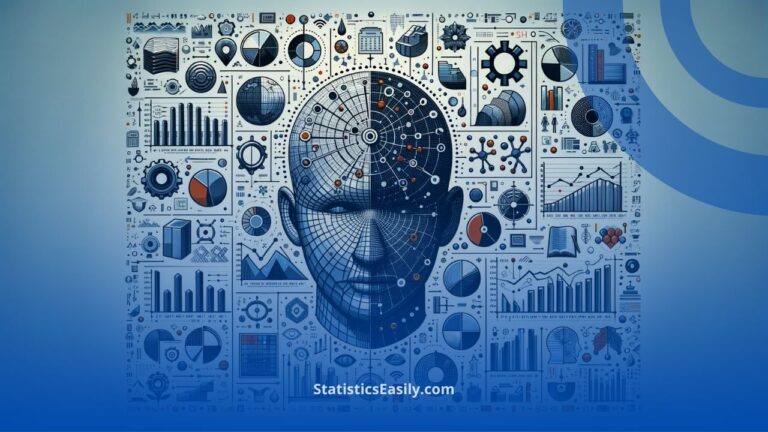The Essential Guide to Independent and Dependent Variables in Data Analysis
You will learn the critical differences and applications of independent and dependent variables in data science.
Introduction
In data analysis, independent and dependent variables are the backbone of understanding how various elements interact within a study. Whether you’re a student stepping into the world of research, a seasoned data scientist, or a professional analyzing business trends, grasping the roles of these variables is crucial.
Independent variables, often predictors or causes, are the factors that we expect to influence outcomes. They are the variables that researchers manipulate or select in an experiment to observe their effect on other variables. On the other hand, dependent variables are those outcomes or effects that are influenced or changed due to the manipulation of the independent variables. They are what researchers measure in an experiment.
The distinction and interaction between these two variables are foundational across diverse research fields – from psychological studies to biological experiments and from market research to technological advancements. Their correct identification and application determine a study’s direction and the validity of its conclusions. This guide aims to demystify these concepts, highlighting their critical roles in experimental design and data analysis. As we delve into the specifics of independent and dependent variables, you will gain insights essential for aspiring or professional data analysts.
Highlights
- Independent variables are the predictors or causes in a study, shaping the outcomes.
- Dependent variables change in response to the independent variable’s influence.
- The relationship between these variables is foundational in experimental designs.
- Misidentifying these variables can lead to incorrect data interpretations.
- These variables are essential in regression analysis, determining causation.
Ad Title
Ad description. Lorem ipsum dolor sit amet, consectetur adipiscing elit.
Understanding Independent Variables
Defining Independent Variables in Research
Independent variables stand at the forefront of experimentation and analysis in the research world. These are the variables that researchers actively manipulate or choose to observe their impact on other variables, commonly known as dependent variables. The role of an independent variable is to provide a basis for comparison and to drive the experiment or study forward. Its manipulation or variation allows researchers to observe changes, draw conclusions, and predict the behavior of the dependent variables.
Independent Variables in Various Contexts
The nature of independent variables can vary greatly depending on the field of study. For example, in a clinical trial, the independent variable might be a new medication or treatment method. In a psychological study, it could be a specific therapeutic intervention. In economics, it might be a change in interest rates. These examples illustrate how independent variables are not confined to any discipline but are fundamental to research across all science and social science domains.
The Importance of Correct Identification
Correctly identifying the independent variable in a study is a critical step in research design. Misidentification can lead to flawed experiments and inaccurate conclusions. It is the influence or change of the independent variable that researchers seek to understand about the dependent variable. This relationship is the cornerstone of hypothesis testing, where researchers form predictions about how changes in the independent variable will affect the dependent variable. Therefore, accurately identifying the independent variable directly impacts the validity and reliability of the research findings.
Exploring Dependent Variables
Defining Dependent Variables and Their Distinction from Independent Variables
In the data analysis landscape, dependent variables emerge as the responses or effects influenced by independent variables. These are the outcomes that researchers measure and analyze to understand the impact of changes in the independent variables. Unlike independent variables, which are manipulated or chosen by the researcher, dependent variables are observed to see how they respond to these manipulations. This distinction is crucial as it sets the stage for effective research design and data interpretation.
Examples of Dependent Variables Across Different Fields
Dependent variables manifest in various forms across different research disciplines. In a medical study, a dependent variable could be the patient’s response to a treatment, measured in terms of recovery rates or symptom reduction. In an educational setting, student performance scores can be a dependent variable, changing in response to different teaching methods (the independent variable). In environmental research, a lake’s pollution level could be dependent on factors like industrial activity. These examples underscore the breadth of dependent variables’ applicability, showcasing their pivotal role in diverse research contexts.
Implications of Dependent Variables in Data Interpretation
The correct interpretation of dependent variables is a cornerstone of research. Through these variables, the effectiveness or impact of the independent variable is gauged. Misinterpretation or incorrect measurement of dependent variables can lead to faulty conclusions, potentially skewing the entire outcome of a study. Hence, understanding the nature, variability, and response patterns of dependent variables is imperative. Researchers must rigorously analyze these variables to draw reliable and valid conclusions, advancing knowledge in their field of study.
The Relationship Between Independent and Dependent Variables
Interaction of Independent and Dependent Variables in Research
The interaction between independent and dependent variables forms the crux of scientific inquiry and data analysis. This interaction is a simple cause-and-effect relationship and a nuanced interplay that shapes research outcomes. Researchers manipulate or alter independent variables to observe their effect on dependent variables. The response of the dependent variable to these manipulations reveals critical insights, enabling researchers to understand and quantify the relationship between the two.
Significance in Experimental Design
In experimental design, the relationship between independent and dependent variables is paramount. This relationship directs the structure of the experiment, influencing everything from the hypothesis formation to the method of data collection and analysis. The clarity of this relationship determines the experiment’s ability to test hypotheses accurately and yield meaningful results. It also influences the choice of statistical methods used for analysis, as different types of relationships may require different analytical approaches.
Practical Examples and Case Studies
To illustrate this relationship, consider a study in agricultural science where the growth of a crop (dependent variable) is analyzed in response to different fertilizer types (independent variable). Another example is psychology, where a researcher might examine the impact of therapy methods (independent variable) on patient stress levels (dependent variable). These practical examples highlight how the interplay between independent and dependent variables is critical in deriving conclusions and advancing knowledge in various fields.
Common Misconceptions and Pitfalls
Addressing Common Misunderstandings About Independent and Dependent Variables
One prevalent misconception is that independent and dependent variables are inherently related in a causal relationship. While this can be true in experimental designs, it is not a universal rule. In observational studies, these variables may show correlation without causation. Another standard error is assuming that these variables are static throughout different phases of research. Their roles can be context-dependent and vary according to the study’s design and objectives.
Consequences of Misidentifying Independent and Dependent Variables
Misidentifying these variables can significantly impact the integrity and outcomes of a research study. When the independent variable is incorrectly identified, the study might fail to address the research question effectively, leading to invalid conclusions. Similarly, incorrect identification of a dependent variable can result in inaccurate measurements and data analysis, skewing the study’s results. Such errors undermine the research’s validity and can lead to wasted resources and misinformed decisions based on the findings.
Tips on Avoiding These Pitfalls in Research
To avoid these pitfalls, researchers should:
1. Clearly Define Research Questions: A well-structured research question helps correctly identify the variables.
2. Understand the Study Design: Different designs (experimental, observational) impact the roles of these variables.
3. Seek Peer Input: Collaborating or consulting with peers can provide a fresh perspective and help identify any oversights in variable identification.
4. Review Literature: Examining similar studies can offer insights into appropriate variable identification and usage.
5. Pilot Studies: Conducting preliminary studies or pilot tests can help clarify the roles of variables before the full-scale research.
Ad Title
Ad description. Lorem ipsum dolor sit amet, consectetur adipiscing elit.
Conclusion
This comprehensive guide has navigated the intricate world of independent and dependent variables, laying a foundation for understanding their pivotal roles in data analysis. We began by defining these variables and establishing how independent variables act as influencers in research. The dependent variables are the subjects of influence, changing in response to the former. This semantic distinction forms the bedrock of experimental and observational studies across various disciplines.
We explored how these variables function in different contexts, showing their universal applicability, from clinical trials in medicine to economic analyses. The importance of correctly identifying these variables was underscored, highlighting how misidentification can lead to flawed conclusions and ineffective research.
Our journey delved into the relationship between these variables, emphasizing their interplay as the essence of scientific inquiry. We addressed common misconceptions, shedding light on the nuances of their interaction, and provided practical advice to avoid pitfalls in research.
In advanced analysis scenarios, like regression, we discussed the enhanced roles of independent and dependent variables. These scenarios demonstrate the complexities of data interpretation and the need for precise variable analysis, especially in the evolving landscape of data science.
The insights provided in this guide are essential for anyone engaged in data analysis, from students to seasoned professionals. Understanding the dynamics of independent and dependent variables is not just about mastering a concept; it’s about equipping oneself with the tools to uncover truths, make informed decisions, and contribute meaningfully to the vast field of research.
As we conclude, remember that the concepts of independent and dependent variables are more than terminologies; they are the lenses through which we can view and understand the complex patterns and relationships in data. Embracing this understanding will undoubtedly enhance your capabilities in data analysis, research design, and beyond.
Recommended Articles
Explore more in-depth articles on data analysis and variable interactions on our blog for enhanced learning and application.
- What Makes a Variable Qualitative or Quantitative?
- What is an Independent Variable in an Experiment?
- In Science, What is a Dependent Variable?
Frequently Asked Questions (FAQs)
Q1: What is an Independent Variable? It’s a variable in research manipulated or controlled to see its effect on a dependent variable.
Q2: What is a Dependent Variable? This variable is observed and measured to see the effect of an independent variable.
Q3: How do Independent and Dependent Variables Interact? The independent variable is thought to influence or cause changes in the dependent variable.
Q4: Why are These Variables Important in Research? Understanding these variables is crucial for designing experiments and interpreting results accurately.
Q5: Can There Be More Than One Independent Variable in an Experiment? Yes, experiments can have multiple independent variables to explore complex relationships.
Q6: How Do You Identify These Variables in a Study? Identify the cause (independent) and effect (dependent) elements in the research question.
Q7: What are Examples of Independent and Dependent Variables? In a study on education, teaching methods could be independent, and student performance could be dependent.
Q8: How Do These Variables Affect Data Analysis? Correct identification is essential for accurate statistical analysis and drawing valid conclusions.
Q9: Can a Variable be Both Independent and Dependent? In different studies or contexts, the same variable might play different roles.
Q10: Why is the Distinction Between These Variables Critical? Understanding their roles helps in forming hypotheses and interpreting data in research.








